
Nikon Z7
Nikkor F 105mm macro f/2.8
105mm, 1/200 Sec at f/2, ISO64
Post Processed in Adobe Lightroom Classic V13.1

Family, Photography and other misc news

Nikon Z7
Nikkor F 105mm macro f/2.8
105mm, 1/200 Sec at f/2, ISO64
Post Processed in Adobe Lightroom Classic V13.1
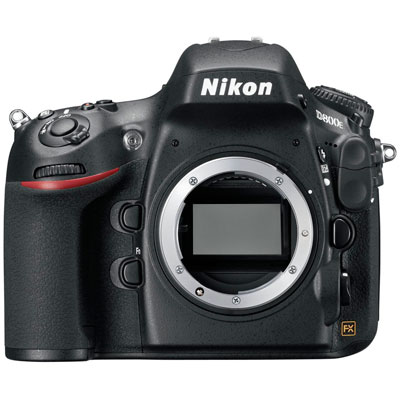
Press, action, wildlife, the driving forces that continually move forward photography.

Folding 10×8 single shot cameras were used by the press at first, then as technology moved on cameras and film got smaller and smaller.
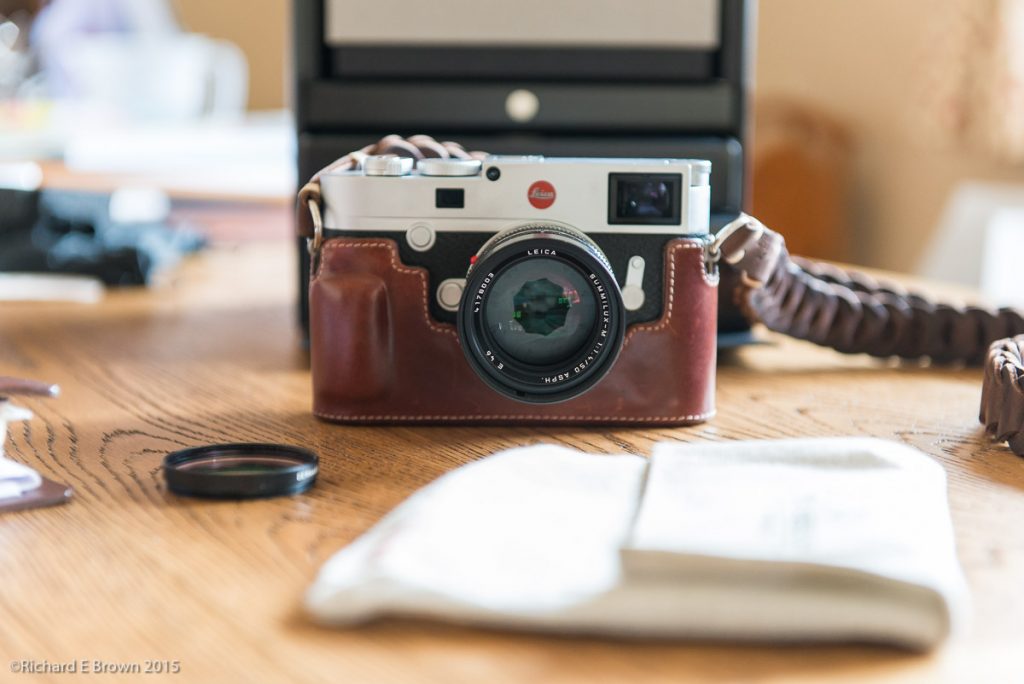
Large format press cameras went from single frame to double sided film holders, enabling a camera man to get two shots quickly.
Medium format came along, smaller and lighter, and amazingly twelve frames available on those twin lens press cameras.
Leica revolutionised photography with the invention of 35mm film photography. For press and action. , this meant smaller lighter cameras and thirty six shots to a roll. The small rangefinder became king.
With the Korean War western photojournalists were mixing with colleagues from the east who had these new fangled Japanese SLR’s. The Nikon F was for its day small light, had a vast array of lens available to it and could take a beating.
From then on Japanese 35mm SLR ruled the day.
Now with rumours flying of the end of production of the SLR and its lens, it will like the Leica M rangefinder become a niche product, as the world again moves on to mirrorless. With video now being a key part of news mirrorless cameras make more sense, and with cameras like the Canon R3, Nikon Z9, sports and news photographers have mirrorless options that can match and some would argue now beat the best SLR’s out there.
Some will always prefer the optical viewfinder, as do I with my Leica M10, but when shooting fashion my Nikon Z7 has become my camera of choice.


Nikon have come a long way with the Z system and very quickly.
The Z9 and Z8 are arguably the best pair of mirrorless full frame cameras available today. The ZF for those looking at a retro style with its eye detect manual focus assist is amazing. But the big seller for Nikon is the Z6.
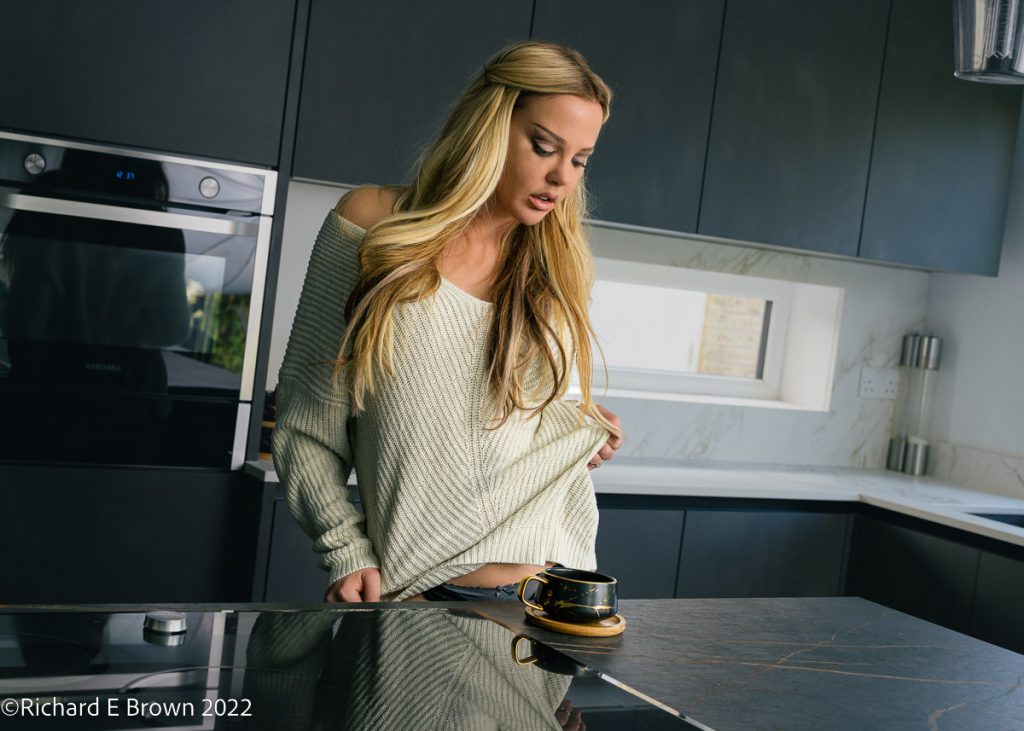
The original Z6 was a good solid performer and despite what your heard, was a good all-round decent camera. Some complained of banding, forgetting the competition also banded at such extremes, and with the latest firmware focus was good but not class leading.
The Z6II was a minor update, those with a Z6 already were better off not upgrading, but with The Z9 Nikon have shown they can lead the pack, and we are all waiting for the Z6III.
Its going to be a difficult juggle for Nikon, 24 megapixels is a sweet spot, excellent noise performance, great in low light, image file size not too big to edit in a hurry for event photographers and perfect for video. The YouTubers and social media crowd though will not like a 24MP camera, they will say its just more of the same. If it is higher then I hope its no more then 36MP or a multi resolution solution like what the Leica M11 offers.
Rumours are now flying and its believed Nikon are flying a few YouTubers out this month to see a new product so hopeful this will be the long awaited Nikon Z6III, one of Nikon’s best sellers and core to their range.

Studios come and go, it is very difficult to make money in this space. If you set up a studio for your own use and you can make good use of it, great. If you are putting your studio out for hire it gets difficult. Models booking studio days and amateur photographers want weekends, if your working in the portrait space then your customers want a weekend booking.

One of the local studios I use for fashion work is closing end of this month, which is a shame, there are not many good spaces conveniently located, and travel can become an issue.
I know a couple of local photographers with studios and i’ll be reaching out to them to see if I can rent their space occasionally.
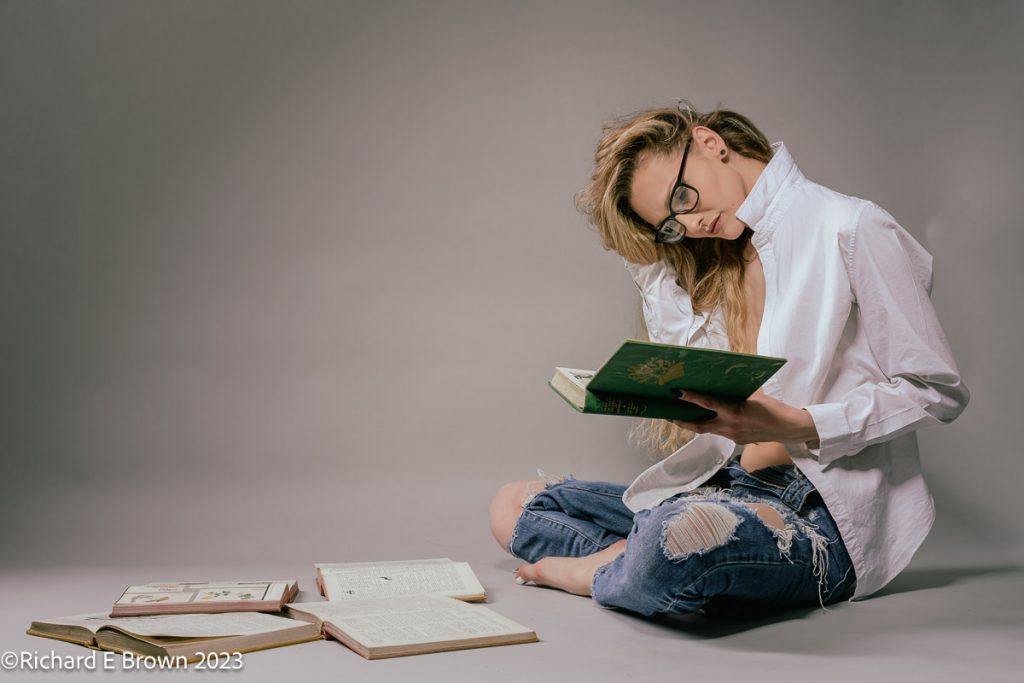
If you have a local studio, do try and use it.
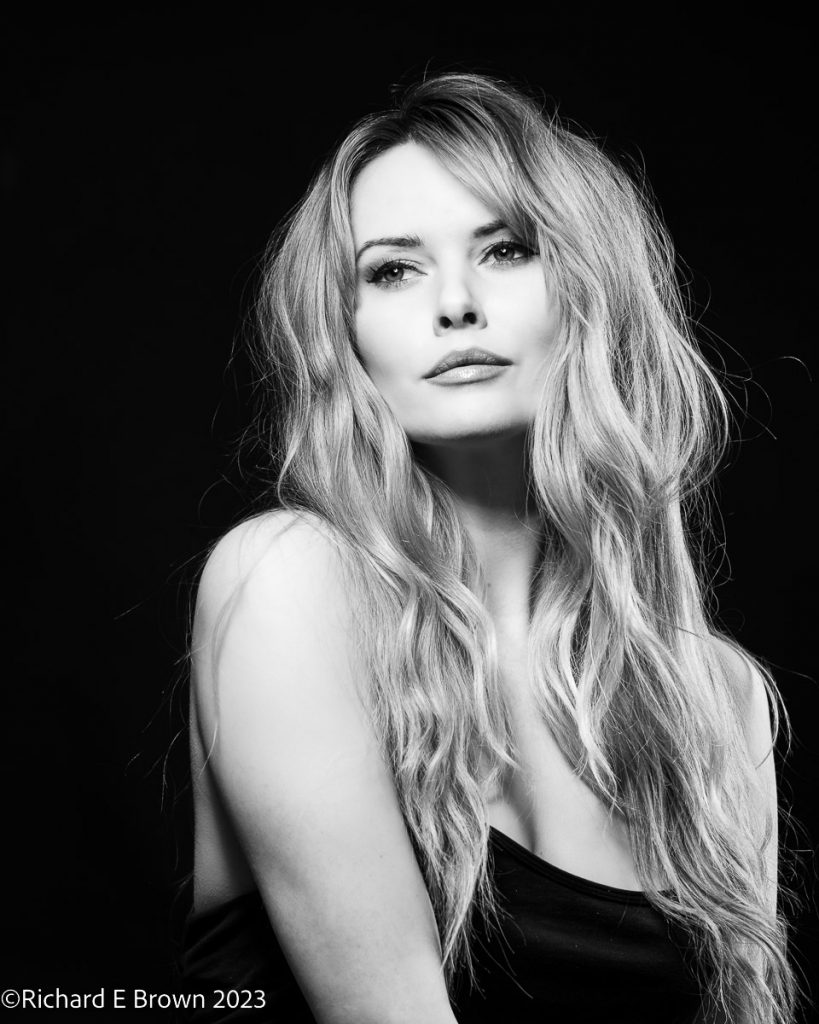
So back to the what lens question. For day to day use, I often have a 35mm or 50mm on the camera, and I can see why so many people are attracted to the Voigtländer 40mm f/1.2 and Nikon 40mm f/2; but I am still experimenting on what should be my go to lens in the studio.
I know a number of photographers that have standardised on the 24-105; 24-120mm f/4 and certainly for event photography its a very useful range.
A 180mm can be very pleasing for headshots but not one for regular use.
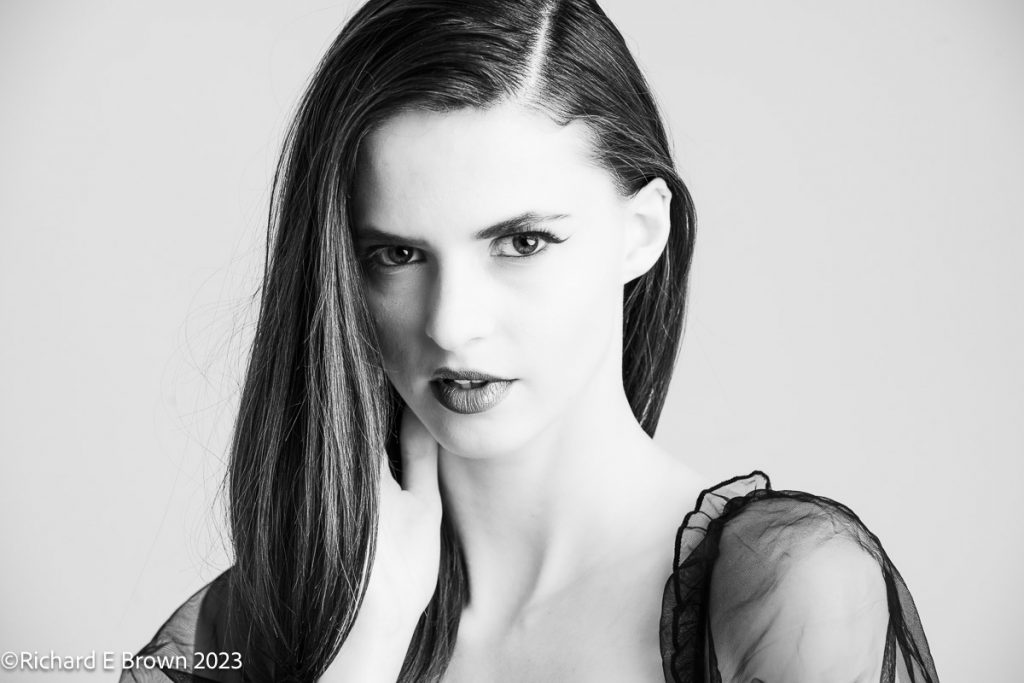
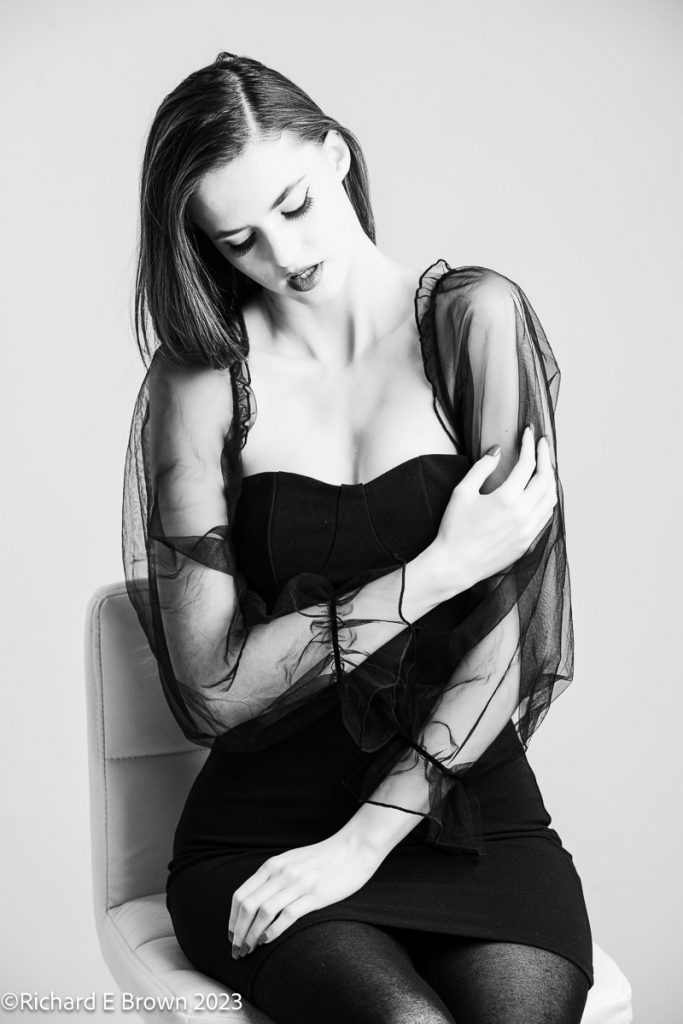
The 135mm f/1.8 Z lens from Nikon looks stunning but is it too long for studio use. I took my 70-200mm f/2.8 to the studio last month and did a selection of test shots at 135mm to see if its a suitable length for general use. I feel that again like the 180mm, it has a place in your camera bag but not for general study use.

So it looks like the often mentioned 85mm is the lens for me for general studio use.
But sometimes for full length shots or when your shooting in a small space, a 35 or 50mm is needed.
So after all that what to own. If your sensible the 24-120mm f/4 zoom, and a 85mm f/1.2 would seem to suite nine out of ten scenarios, and you might want to add a fast 35mm or small space and lower light work.
So what will be in my bag for studio work, likely a 35, 50, 85 and 135mm, so the 85mm is next on my shopping list as I build out my studio primes.